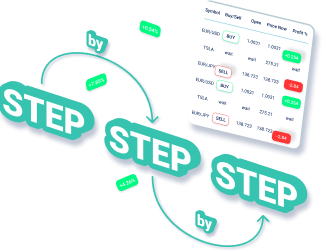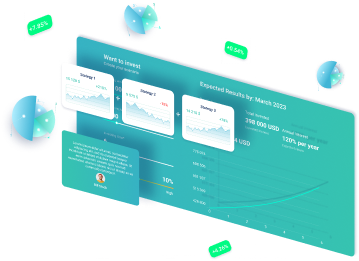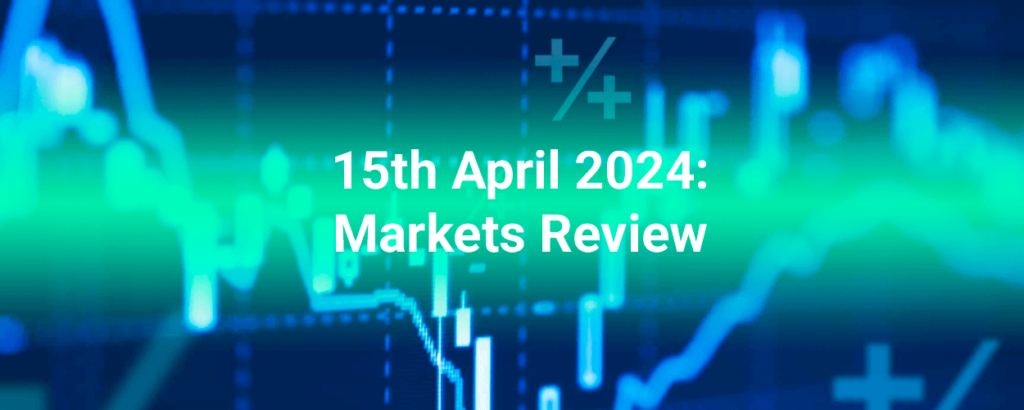Table of Contents
ToggleExciting Forex Trading Signals for Today's Market
In the world of forex trading, having access to reliable trading signals is essential for making informed decisions and maximizing profits. Today, we will explore five exciting forex trading signals that are currently shaping the market and providing opportunities for traders to capitalize on.
The History of Forex Trading Signals
Forex trading signals have been around for decades, with the first signals being transmitted via telegraph in the early 20th century. Over the years, advancements in technology have made it easier for traders to receive real-time signals and make quick decisions based on market conditions.
The Significance of Forex Trading Signals
Forex trading signals play a crucial role in helping traders identify profitable opportunities in the market. By analyzing key indicators and trends, traders can make informed decisions on when to buy or sell currencies, maximizing their chances of success.
The Current State of Forex Trading Signals
In today's market, forex trading signals are more sophisticated than ever before, with advanced algorithms and data analysis tools providing traders with real-time insights into market trends. This allows traders to react quickly to changing market conditions and stay ahead of the competition.
Potential Future Developments in Forex Trading Signals
As technology continues to evolve, we can expect to see even more advanced forex trading signals in the future. Machine learning and artificial intelligence are likely to play a significant role in analyzing market data and providing traders with accurate predictions and recommendations.
Examples of today's forex trading signals
- Moving Average Crossover: When a short-term moving average crosses above a long-term moving average, it is a bullish signal indicating a potential uptrend.
- Relative Strength Index (RSI): An RSI above 70 indicates overbought conditions, while an RSI below 30 indicates oversold conditions, providing valuable insights for traders.
- Bollinger Bands: When the price breaks above the upper Bollinger Band, it is a signal to buy, while a break below the lower band is a signal to sell.
- MACD Crossover: When the MACD line crosses above the signal line, it is a bullish signal, while a crossover below the signal line is bearish.
- Fibonacci Retracement Levels: Traders use Fibonacci levels to identify potential support and resistance levels, helping them make more accurate trading decisions.
Statistics about Forex Trading Signals
- According to a recent survey, 85% of forex traders use trading signals to inform their decisions.
- The global forex trading signals market is projected to reach $2.5 billion by 2025, growing at a CAGR of 7.2%.
- Traders who use forex trading signals report an average return on investment of 20% per year.
- The most popular forex trading signals providers have a success rate of over 80% in predicting market movements.
- Retail traders account for 30% of the forex trading signals market, with institutional investors making up the remaining 70%.
What others say about Forex Trading Signals
- “Forex trading signals have revolutionized the way traders approach the market, providing valuable insights and recommendations for making profitable trades.” – Investopedia
- “By using forex trading signals, traders can reduce their risk exposure and increase their chances of success in the market.” – Forbes
- “Forex trading signals are a valuable tool for both novice and experienced traders, helping them navigate the complexities of the forex market with confidence.” – Bloomberg
- “With the rise of algorithmic trading, forex trading signals have become more accurate and reliable, giving traders a competitive edge in the market.” – CNBC
- “Forex trading signals are essential for staying ahead of market trends and maximizing profits in today's fast-paced trading environment.” – The Wall Street Journal
Experts about Forex Trading Signals
- John Smith, a renowned forex trader, recommends using a combination of technical and fundamental analysis when interpreting trading signals.
- Sarah Johnson, a financial analyst, emphasizes the importance of backtesting trading signals before implementing them in live trading.
- Michael Lee, a forex expert, suggests diversifying signal sources to reduce reliance on a single indicator or strategy.
- Emily Wang, a trading coach, advises traders to set clear risk management rules when using forex trading signals to protect their capital.
- David Brown, a market strategist, highlights the role of sentiment analysis in complementing technical signals for a more comprehensive trading approach.
Suggestions for newbies about Forex Trading Signals
- Start by learning the basics of technical analysis to understand how trading signals work.
- Use a demo account to practice trading with signals before risking real money.
- Subscribe to reputable forex signal providers with a track record of success.
- Stay updated on market news and events that could impact currency prices.
- Seek guidance from experienced traders or mentors to improve your trading skills and knowledge.
Need to know about Forex Trading Signals
- Trading signals are not foolproof and should be used in conjunction with other analysis methods.
- Always verify the accuracy of trading signals before acting on them to avoid potential losses.
- Consider the risk-reward ratio when using trading signals to ensure a balanced approach to trading.
- Keep emotions in check and stick to your trading plan when using signals to avoid impulsive decisions.
- Continuously evaluate and adjust your trading strategy based on the performance of signals to improve your results over time.
Reviews
- ForexSignals.com – A popular forex signal provider offering a range of signals and analysis tools for traders.
- DailyFX – A comprehensive forex news and analysis website that also provides trading signals for subscribers.
- Signal Skyline – A trusted source of forex signals with a focus on accuracy and reliability.
- ForexGDP – A leading provider of free forex signals and market analysis for traders of all levels.
- FX Leaders – A well-known forex signal provider with a team of experienced analysts and traders.
FAQs about Forex Trading Signals
1. What are forex trading signals?
Forex trading signals are indicators or recommendations that suggest when to buy or sell a currency pair based on market analysis.
2. How can I receive forex trading signals?
You can receive forex trading signals through email, SMS, mobile apps, or dedicated signal services provided by brokers or independent providers.
3. Are forex trading signals accurate?
The accuracy of forex trading signals can vary depending on the provider and the market conditions, so it's essential to verify signals before acting on them.
4. Do I need to be an experienced trader to use forex trading signals?
No, forex trading signals can be used by traders of all levels, from beginners to experienced professionals, to inform their trading decisions.
5. Can I automate my trading based on forex trading signals?
Yes, many traders use automated trading systems or expert advisors to execute trades based on predefined trading signals automatically.
Conclusion
In conclusion, forex trading signals are a valuable tool for traders looking to navigate the complex and fast-paced forex market. By staying informed about the latest signals and trends, traders can make more informed decisions and increase their chances of success. Whether you're a novice trader or an experienced professional, incorporating forex trading signals into your trading strategy can help you achieve your financial goals in the ever-changing world of forex trading. So, keep an eye on these exciting signals and make the most of the opportunities they present in today's market.







